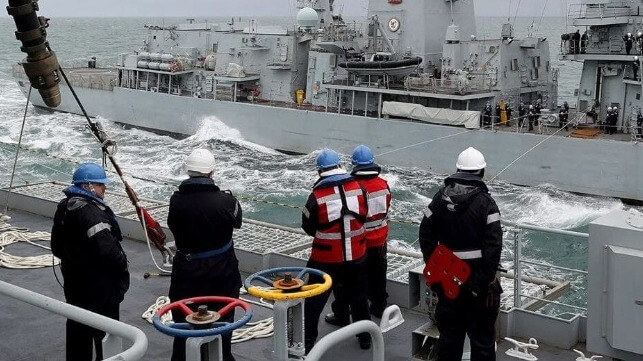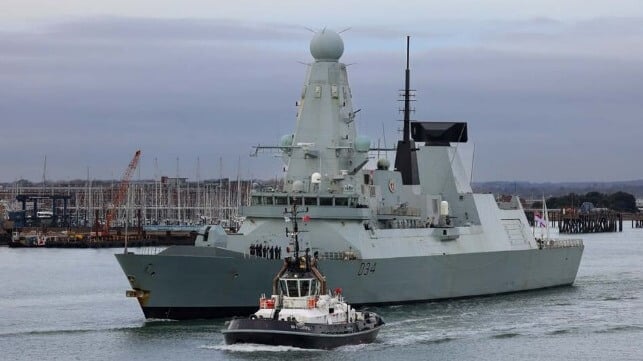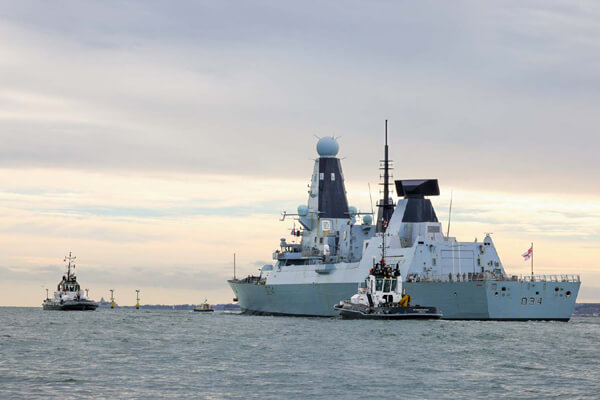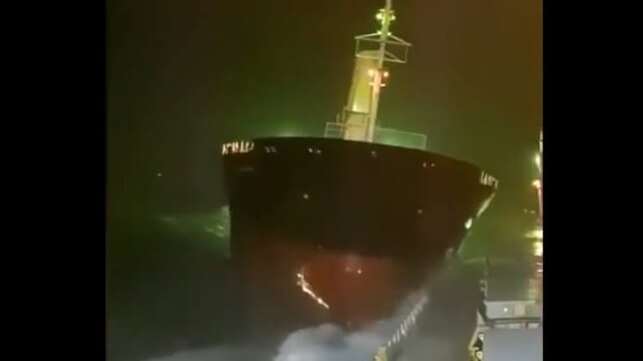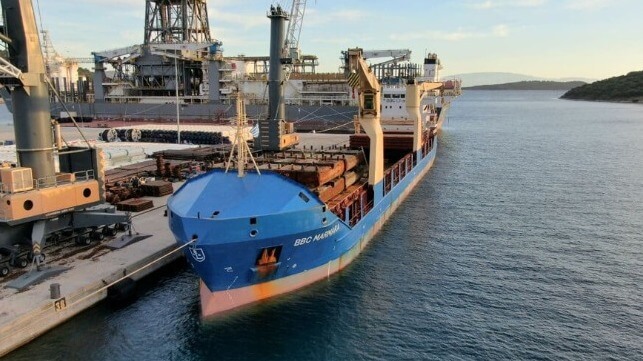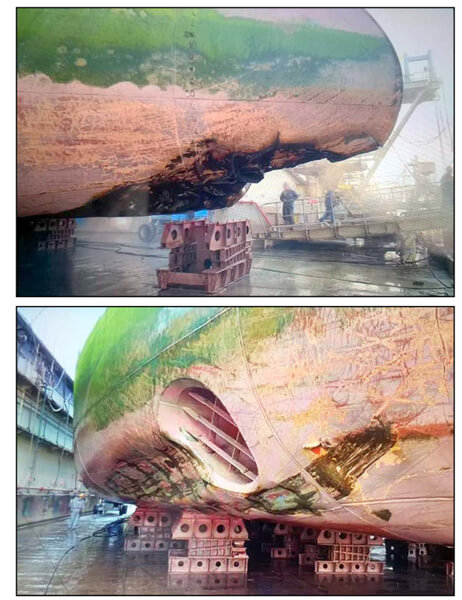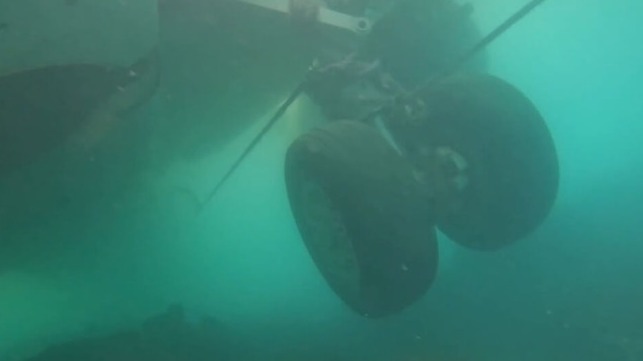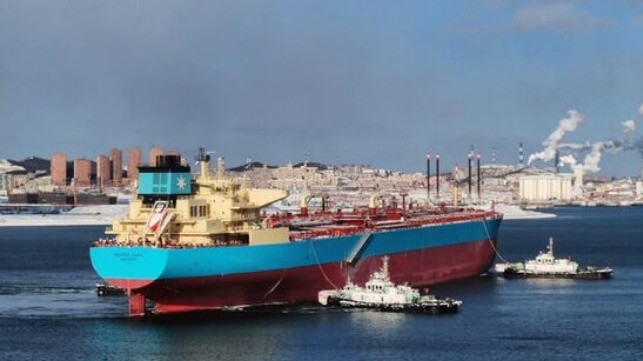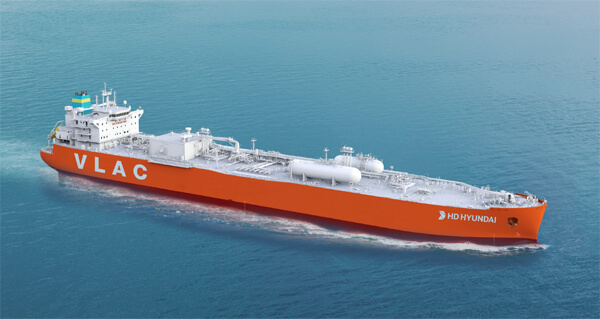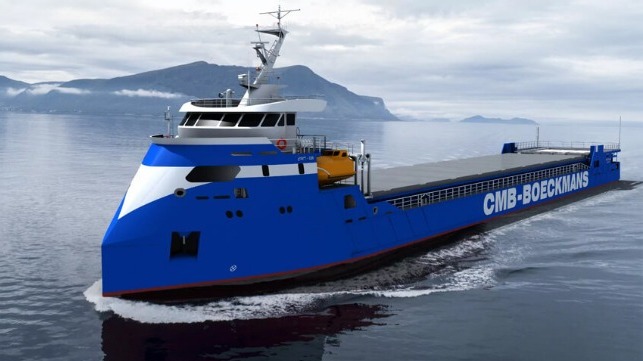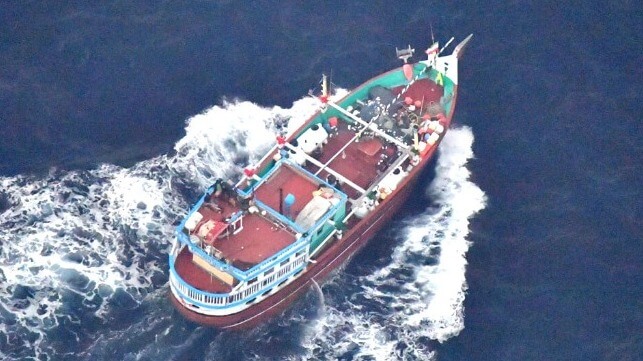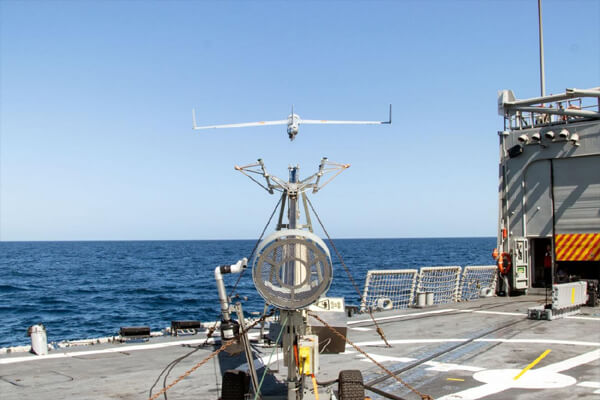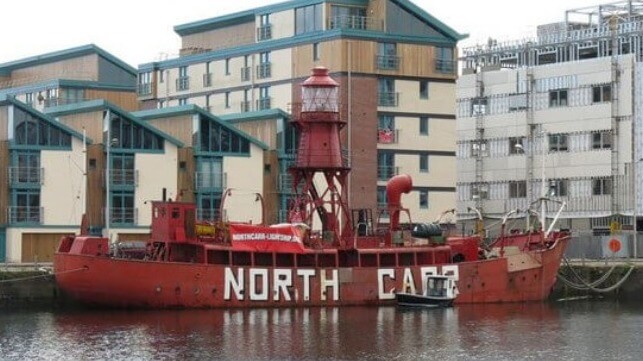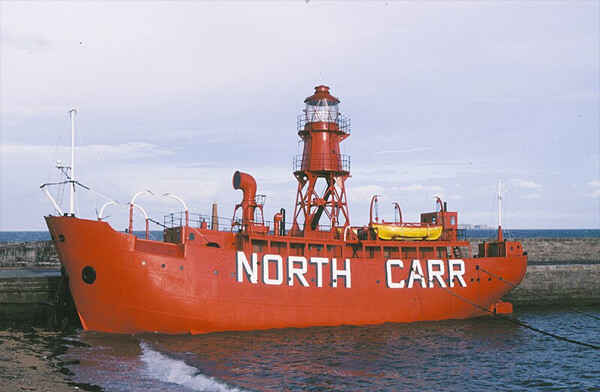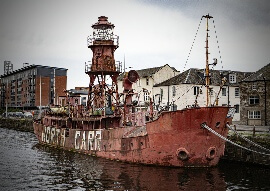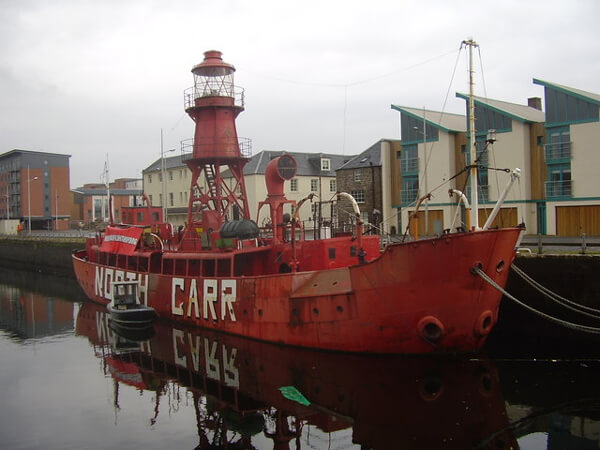India Moves Ahead With Plans for Mega-Port in Nicobar Islands
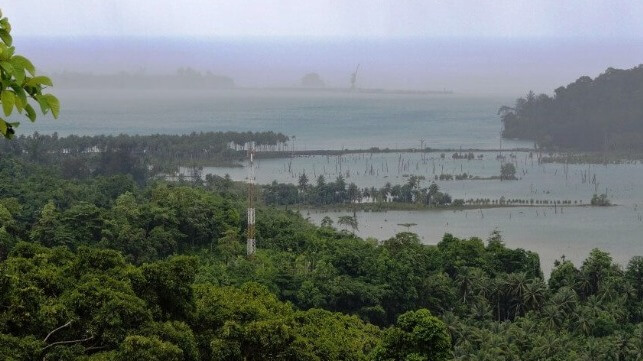
India’s government has announced progress in the construction of the proposed International Container Transshipment Port (ICTP) at Galathea Bay, on Great Nicobar Island. This follows a visit last week by the Minister for Ports, Shipping and Waterways Shri Sarbananda Sonowal, who held a review meeting on the construction timeline of the project.
At an estimated cost of over $5 billion, ICTP is envisaged as a key project under India’s newly launched Amrit Kaal Vision 2047 - a strategic blueprint by the Indian government to spur maritime development in the country. The development of ICTP is anchored primarily on its strategic location, 40 nautical miles from the lucrative Colombo-Singapore route via Malacca Strait. Further, the terminal will have a natural water depth of over 20 meters, suitable to handle the largest container ships.
“This project will be a major landmark in developing India to become a self-reliant nation and will support economic development of the country,” said Shri Sonowal.
In November 2022, the Ministry of Environment and Forests issued an environmental clearance for the project. A forest clearance for the project site has also been obtained.
Recently, the Ministry of Finance granted “In-Principle” approval for the ICTP development. With this, it is expected that the tenders for the construction of the first phase of the project will be announced early next year, according to a statement by the Ministry of Ports and Waterways (MoPSW). The terminal is expected to be developed in four phases until 2058 and will have a capacity to handle 16 million TEUs per year at full buildout.
For years, India’s maritime sector has been hobbled by poor port infrastructure. Nearly 75 percent of India’s transshipped cargo is handled outside the country at Colombo, Singapore and Port Klang.
To reverse this situation, MoPSW established the Sagarmala Program, identifying 574 projects across the areas of port modernization and new port development. This includes creation of three megaports from the country’s existing port clusters and two new major ports with a capacity for over 500 million tons per year. ICTP is one of these major new port projects.
In October, Adani Ports inaugurated Vizhinjam, hailed as India’s first deep-water port. The port is designed to position the country as a global transshipment hub.
Meanwhile, development of ICTP is not without controversy, as some are concerned with the scale of the project in a rather pristine island. The Great Nicobar Island is an ecological paradise hosting a unique and threatened tropical evergreen forest ecosystems, which are also designated as UNESCO World Biosphere Reserve. Further, the project site - Galathea Bay - is a nesting ground for the leatherback turtle. In this regard, environmentalists and scientists have raised questions over whether the damage to the biological and cultural heritage of the area can be mitigated by the project contractor.
